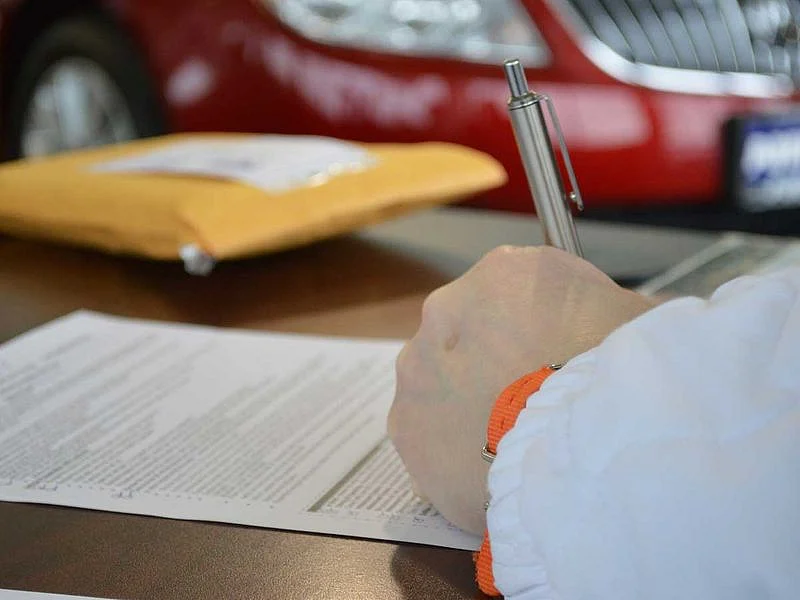No US, UAE interest rate cut in July: What this means for borrowers, savers
With no Fed rate cut in July, UAE loan rates stay high—here’s what residents need to know

Dubai: The US, UAE central banks have once again hit pause on interest rate changes—holding borrowing costs steady for a fifth consecutive meeting. Markets had been anticipating a possible rate cut this July, but the Fed opted for caution instead, signalling that economic uncertainty remains too high to justify loosening policy just yet.
This decision means that UAE residents paying off home loans, car loans, or credit card balances tied to variable rates won’t see any immediate reduction in their monthly payments. For now, the higher interest rate environment continues—and so does the financial pressure for borrowers.
Why the Fed is holding back
Just weeks ago, many economists were predicting a rate cut in July. But fresh data hasn't offered enough clarity for the Fed to act. Inflation, while softer than last year, still hasn’t fallen to the Fed’s 2% target—and new risks like global tariffs and uncertain consumer spending trends are keeping policymakers cautious.
“As expected, the Federal Reserve held the federal funds rate steady at 4.25–4.50% for a fifth consecutive meeting. Markets are likely to interpret today’s outcome as a continuation of the Fed’s ‘wait-and-see’ strategy, with a dovish lean emerging through the dissents and softer language,” said Dan Siluk, Head of Global Short Duration & Liquidity and Portfolio Manager at Janus Henderson Investors
How this impacts you in the UAE
Because the UAE dirham is pegged to the US dollar, interest rates in the Emirates mirror those set by the Fed. So when the Fed holds steady, so do UAE rates—and that affects everything from your mortgage and personal loans to car financing and even business borrowing.
“UAE borrowers hoping for some relief on their loan repayments will need to wait a bit longer,” said a Dubai-based wealth advisor. “We’re likely looking at the final quarter of 2025 for meaningful cuts, unless US economic data weakens significantly.”
Not all bad news for residents
While higher rates mean loan repayments remain steep, they also mean savers continue to earn more on deposits and fixed-income investments. UAE residents with savings accounts, term deposits, or sukuk investments are still benefiting from better returns than they were just two years ago.
Lara Castleton, US Head of Portfolio Construction & Strategy at Janus Henderson Investors, offered this advice: “Investors should remain prepared to stay the course in this environment, leaning into growth and finding opportunities in quality companies. At the same time, the Fed is likely to stay on hold and investors should be wary of extending duration beyond the belly of the curve in preparation for the doomsday that hasn’t materialised.”
And with developers and banks launching targeted offers for first-time home buyers, some UAE residents may still find manageable financing—though the monthly EMIs may stay elevated in the short term.
Bottom Line: Stay patient, watch the data
For now, borrowers in the UAE will need to hold tight. A rate cut is still on the horizon, but the Fed is unlikely to move until it sees more consistent signs of easing inflation and slowing demand.
Until then, avoid taking on unnecessary high-interest debt, look for promotional loan offers from local banks, and keep tracking global economic cues—because what happens in Washington still directly affects your wallet in the UAE.
Sign up for the Daily Briefing
Get the latest news and updates straight to your inbox
Network Links
GN StoreDownload our app
© Al Nisr Publishing LLC 2025. All rights reserved.
